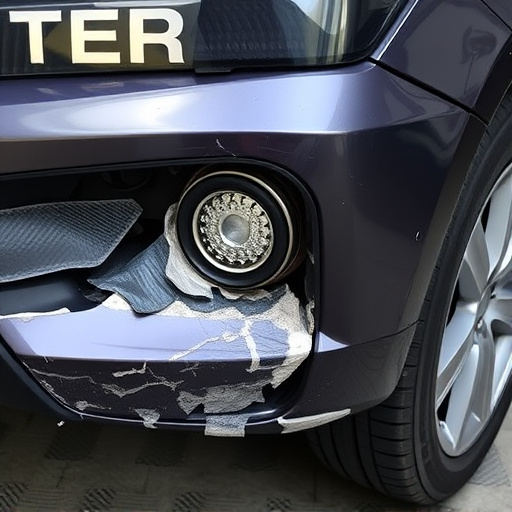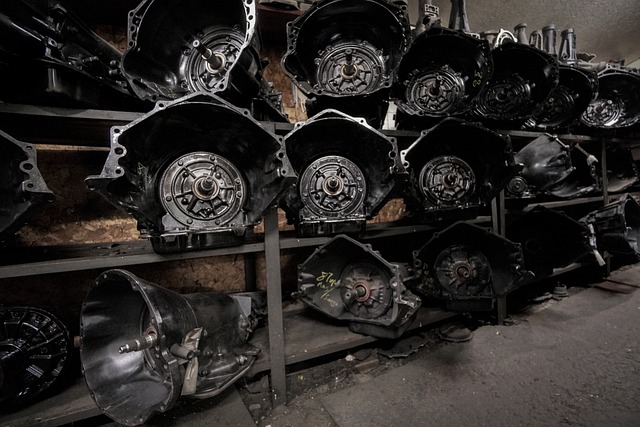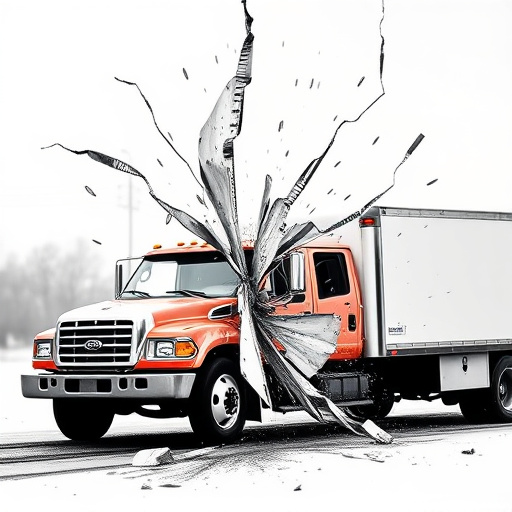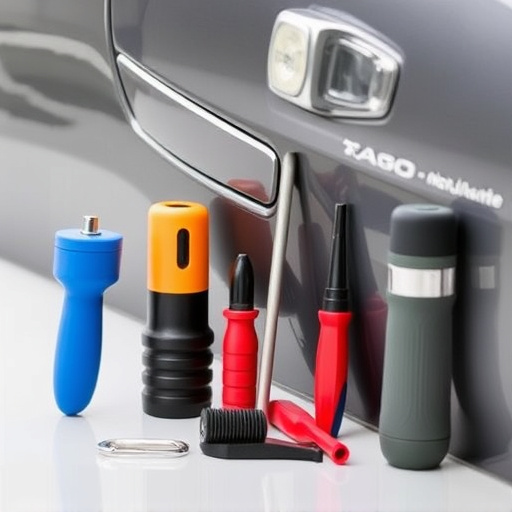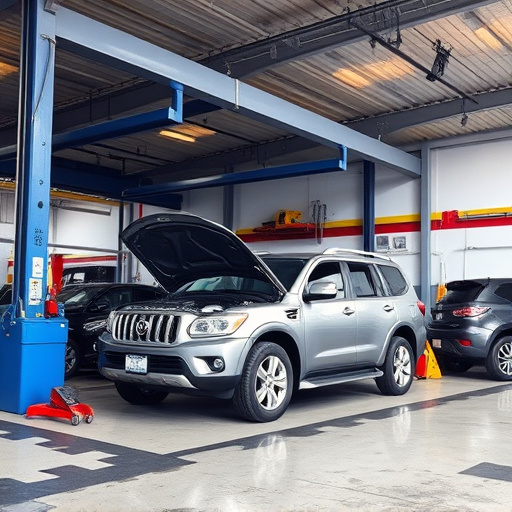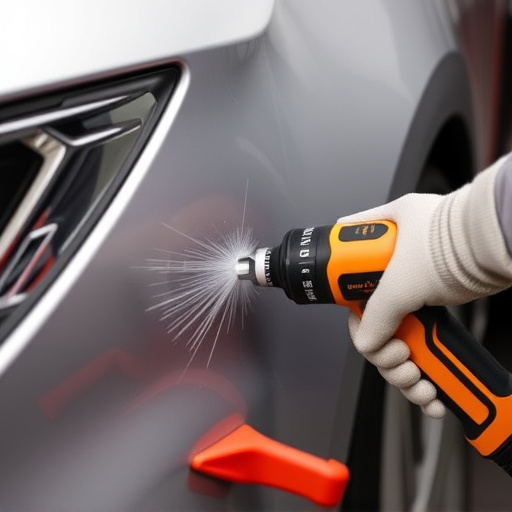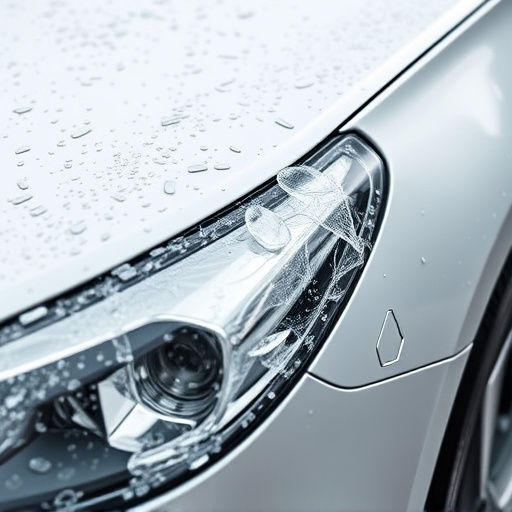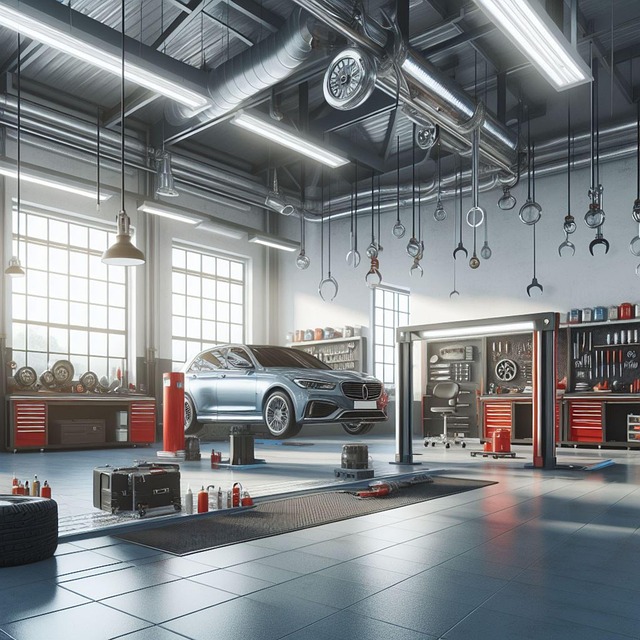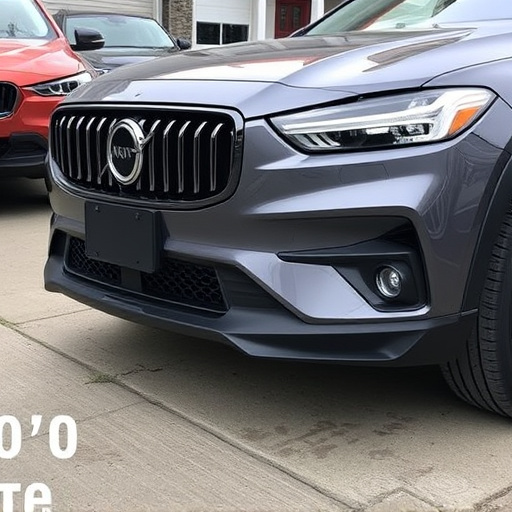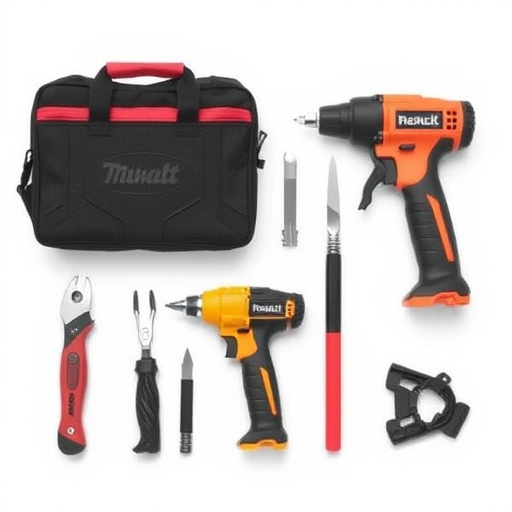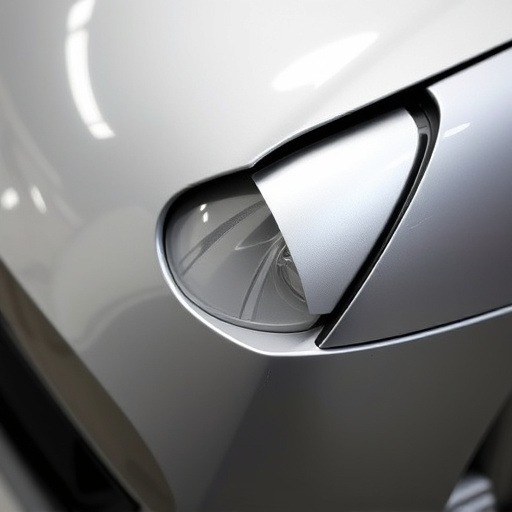Following a crash, a meticulous alternator inspection reveals critical damage to the alternator and surrounding components. This includes assessing impact signs, misalignment, dents, electrical connections, and mounting. Disassembling and testing common parts like stator, rotor, rectifier, and diod pack ensures accuracy. Immediate replacement of faulty alternators is crucial for safety and vehicle functionality, emphasizing the importance of professional alternator inspections after accidents.
After a crash, a thorough alternator inspection is crucial for ensuring safe operation. This guide delves into the essential steps of assessing damage through visual inspection and disassembling common components for testing. Learn replacement protocols and vital safety measures to prevent future failures. By following these guidelines, you’ll navigate the process effectively, fostering peace of mind and road safety in the event of an accident.
- Assessing Damage: Visual Inspection of Alternator
- Disassembly and Testing Common Components
- Replacement & Safety Protocols After Alternator Failure Post-Crash
Assessing Damage: Visual Inspection of Alternator
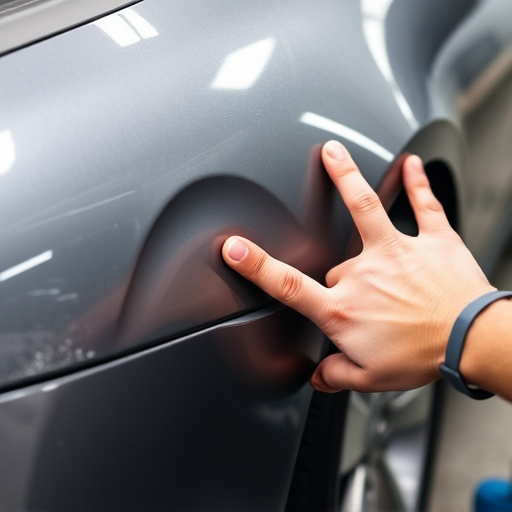
When conducting an alternator inspection after a crash, one of the initial steps is to carefully assess any visible damage. A thorough visual inspection can reveal crucial clues about the extent of the harm sustained by the alternator and surrounding components. Look for signs of impact or misalignment that could indicate a need for frame straightening or hail damage repair.
Examine the alternator for dents, scratches, or cracks in its housing or pulley. Check if any electrical connections or wires have been damaged or exposed due to the collision. Additionally, ensure that the alternator is securely mounted and not showing signs of loose attachment, which could point towards needing car paint repair or further structural assessments.
Disassembly and Testing Common Components

After a crash, disassembling and thoroughly testing common alternator components is a crucial part of an alternator inspection. This process involves carefully removing the alternator from the vehicle to assess its individual parts for any signs of damage or wear. Among the key components to inspect are the stator, rotor, rectifier, and diod pack. Each component plays a vital role in the alternator’s functionality, ensuring the generation of clean and efficient electrical power.
During disassembly, technicians look for cracks, corrosion, or loose connections. For instance, a car bodywork services specialist might check the stator for any dents or scratches that could compromise its magnetic field. Similarly, the rotor’s condition is assessed for wear or damage to its winding, as hail damage repair can impact its ability to rotate smoothly. Additionally, testing the rectifier and diod pack ensures they are functioning correctly, which is essential for maintaining a steady voltage output, especially during alternator inspection after an accident.
Replacement & Safety Protocols After Alternator Failure Post-Crash
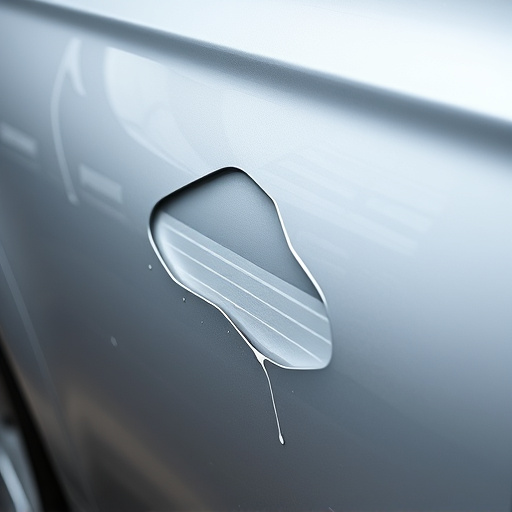
In the event of an alternator failure post-crash, immediate replacement is crucial for safety and vehicle functionality. The alternator plays a vital role in keeping your car’s battery charged, powering electrical systems, and starting the engine. When damaged during a collision, it can lead to serious consequences, including electrical failures, battery drain, and potential hazards while driving. Therefore, a thorough alternator inspection after an accident is essential. If found faulty, replacing it promptly is a critical step in collision damage repair, ensuring your vehicle returns to its pre-crash condition.
After a crash, when taking your vehicle to an auto body shop for repairs, the technicians will assess not just the visible collision damage but also perform diagnostic tests on critical components like the alternator. They’ll check for any signs of wear, corrosion, or damage that could indicate a need for replacement. Auto body shops employ skilled professionals who understand the importance of this process, ensuring your safety and peace of mind. Proper alternator repair or replacement is a game-changer in the journey towards comprehensive car paint repair and restoring your vehicle to its optimal state post-accident.
After a crash, a thorough alternator inspection is crucial for ensuring safe and reliable vehicle operation. By following this guide, you can effectively assess damage, disassemble and test key components, and understand replacement protocols. Remember, a well-maintained alternator is vital to keeping your vehicle’s electrical systems running smoothly post-accident, so don’t skip the inspection – it could make all the difference in terms of safety and performance.

